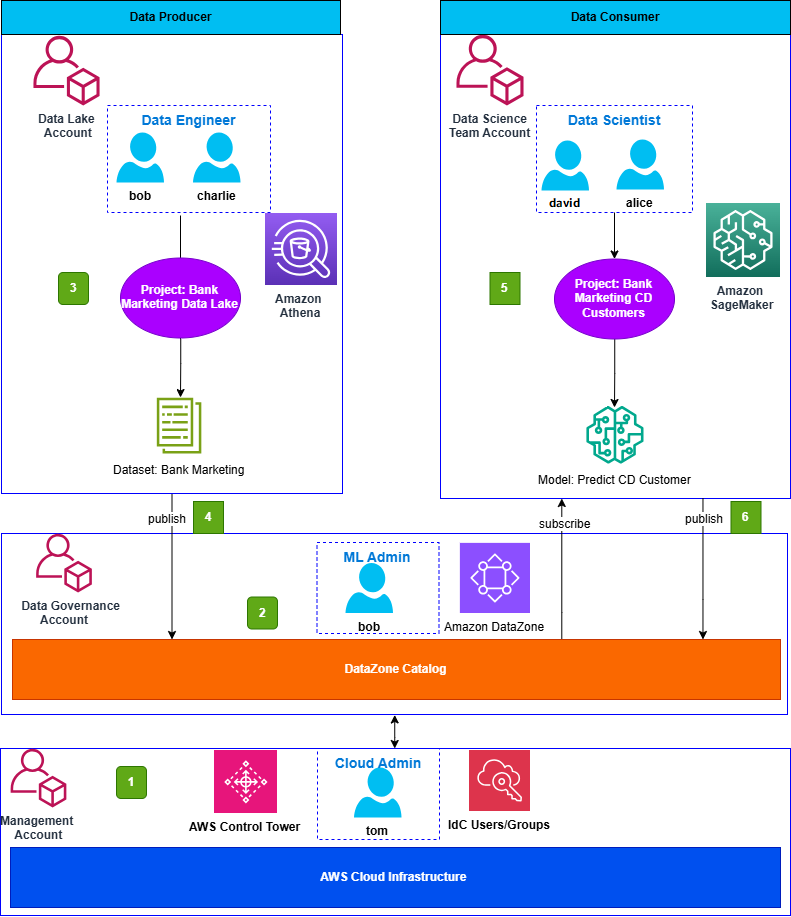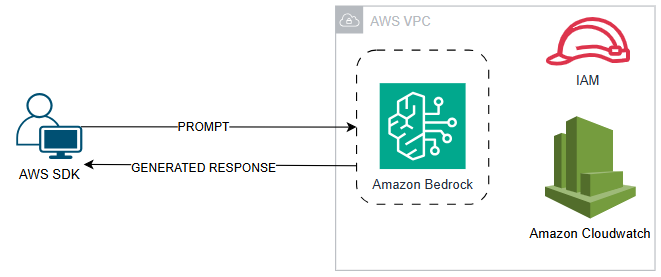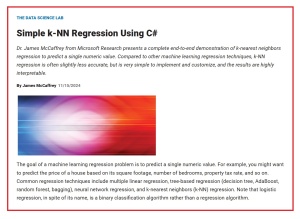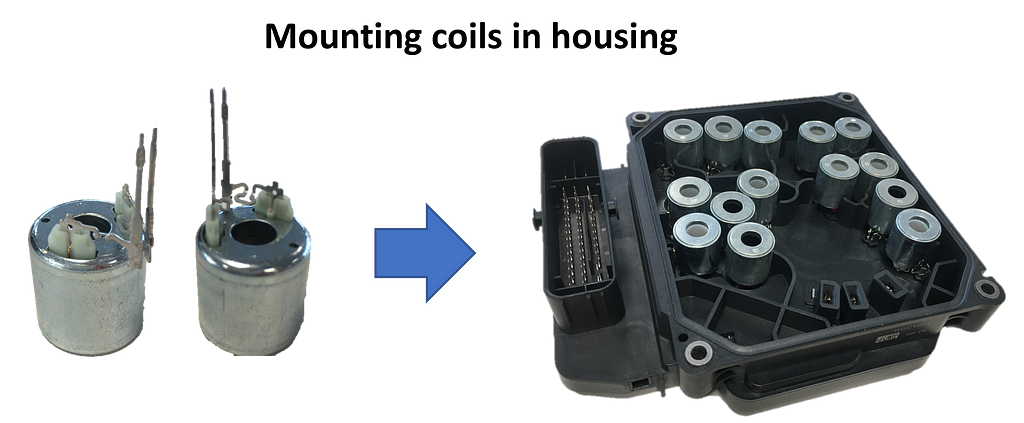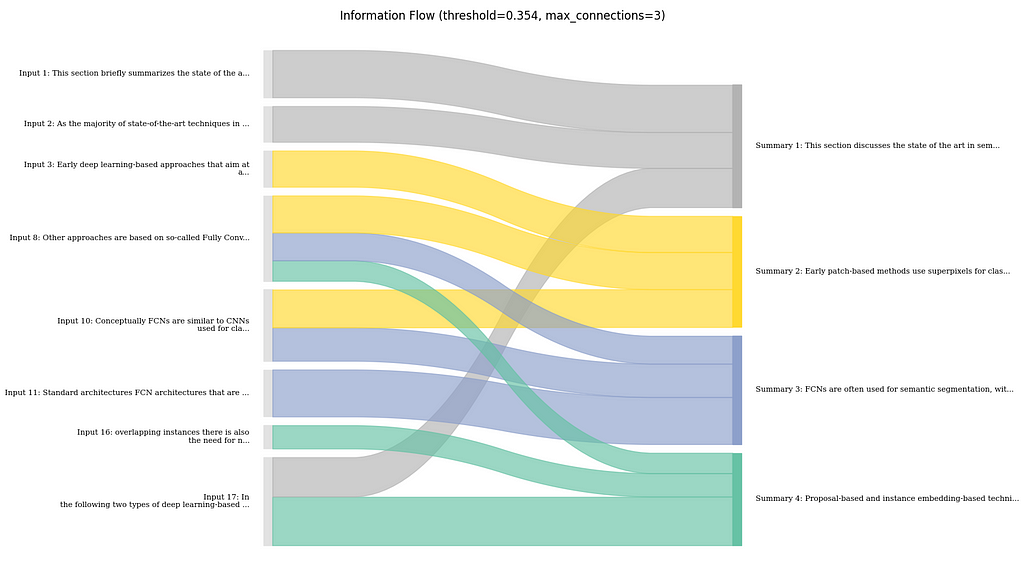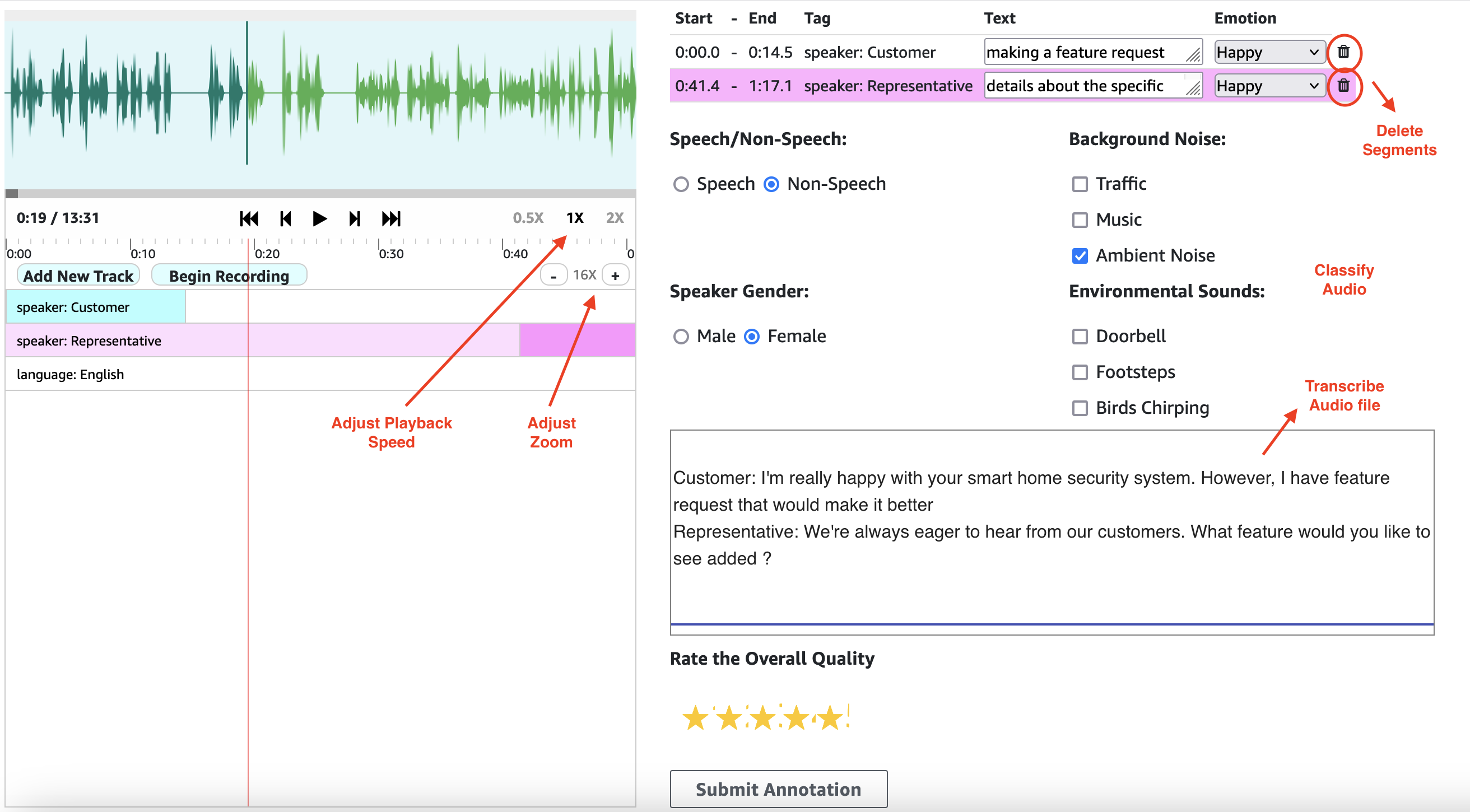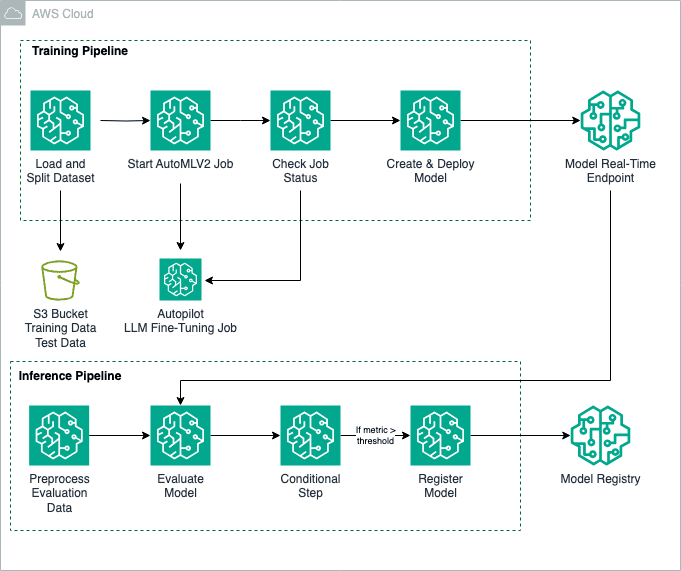Amazon invests additional $4bn in AI startup Anthropic, bringing total to $8bn. AWS to be official cloud provider, highlighting big tech's generative AI investments.
New technology like Generative AI faces challenges like previous tech. Progress is made with small steps, like climbing Mount Everest.
Amazon DataZone enables organizations to establish data governance at scale, promoting self-service analytics and innovative ML projects. Financial institutions can leverage Amazon DataZone for effective marketing campaigns, ensuring secure access to customer datasets.
MIT researchers have developed a more efficient algorithm for training AI systems to make better decisions in complex tasks with variability, such as traffic control. The new method improves performance by strategically selecting tasks, making it 5-50 times more efficient than standard approaches, ultimately enhancing the AI agent's performance.
Amazon Bedrock offers top FMs from leading AI companies through a single API for building generative AI applications securely. Users can customize FMs, integrate with AWS services, and deploy agents without managing infrastructure.
MIT, Google, and Purdue University develop Tree-D Fusion, merging AI and tree-growth models to create 3D urban tree models. Predictive capabilities could revolutionize urban forest management with proactive planning for climate change adaptation.
3D product configurators are revolutionizing industries with interactive visualizations. NVIDIA Omniverse Blueprint enables AI-driven content creation for marketing.
Summary: Microsoft Visual Studio Magazine's November 2024 edition features a demo of k-NN regression using C#, known for simplicity and interpretability. The technique predicts numeric values based on closest training data, with a demo showcasing accuracy and prediction process.
Developing a CNN for automotive electronics inspection tasks using PyTorch. Exploring convolutional layers and how CNNs make decisions in visual inspection.
Amazon Bedrock offers high-performing AI models from top companies like AI21 Labs and Meta through a single API. Batch inference in Amazon Bedrock enables cost-effective processing of large data volumes with ethical AI guardrails.
Peter’s chapel in Lucerne replaces priest with AI Jesus speaking 100 languages. Theologian Marco Schmid calls it an experiment to gauge public interest and reactions.
Proposed low-resource explanation method for LLMs using similarity-based approach. Model-agnostic, fast, and transparent, available on Github.
Generative AI models improve multimedia content with human feedback through audio and video segmentation. Amazon SageMaker Ground Truth enhances training by enabling detailed human annotation workflows for precise segmentation.
Fine-tune Meta Llama2-7B model on science questions with Amazon SageMaker Autopilot for more accurate outputs. Use AutoMLV2 SDK to automate fine-tuning and model evaluation in various domains like healthcare and education.
LangGraph and Tavily are used to create a research agent with LLMs for text summarization. The system autonomously generates reports and integrates with Google Docs for easy editing and organization.



